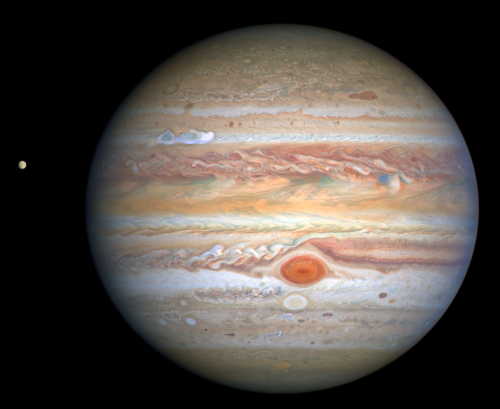New Shepard test flight set for tomorrow
Capitalism in space: Blue Origin has scheduled a New Shepard test flight set for tomorrow morning at 10 am (Central), the first test flight in ten months.
This will be the seventh flight of this particular New Shepard spacecraft, the thirteenth overall for the program.
In March the company’s CEO had promised three flights by the end of 2020, with the last manned. The press release above howeveronly mentions that tomorrow’s test flight is the first of two, both now emphasizing how they will be flying payloads testing technology for lunar landings. No mention is made of a later manned mission.
It seems increasingly that Blue Origin is abandoning its suborbital space tourism business. If not, they sure don’t seem very enthusiastic about it any longer. Instead, they appear to be hyping New Shepard as a testbed for their effort to develop the manned lunar lander for NASA.
That same March update from the CEO had also said they would be initiating commercial production of their BE-4 rocket engine this year. All we have had so far is delivery of one testbed engine — not flightworthy — to ULA. ULA soon revealed there are problems with the engine.
All in all, Blue Origin is becoming less and less impressive, as time passes. Their suborbital tourism project appears to be abandoned. Their rocket engine has problems. And their New Glenn orbital rocket appears stalled.
All they have right now is their development contract with NASA to build a manned lunar lander, and in that case Blue Origin is only a minor player, even if the company is listed as the lead contractor. Their big partners (Lockheed Martin, Northrop Grumman, and Draper) will build the bulk of the lander, should NASA finally get the project financed by Congress.
The company’s failure to deliver so far is a true shame, as the company has ample finances, backed by Jeff Bezos’ billions.
Capitalism in space: Blue Origin has scheduled a New Shepard test flight set for tomorrow morning at 10 am (Central), the first test flight in ten months.
This will be the seventh flight of this particular New Shepard spacecraft, the thirteenth overall for the program.
In March the company’s CEO had promised three flights by the end of 2020, with the last manned. The press release above howeveronly mentions that tomorrow’s test flight is the first of two, both now emphasizing how they will be flying payloads testing technology for lunar landings. No mention is made of a later manned mission.
It seems increasingly that Blue Origin is abandoning its suborbital space tourism business. If not, they sure don’t seem very enthusiastic about it any longer. Instead, they appear to be hyping New Shepard as a testbed for their effort to develop the manned lunar lander for NASA.
That same March update from the CEO had also said they would be initiating commercial production of their BE-4 rocket engine this year. All we have had so far is delivery of one testbed engine — not flightworthy — to ULA. ULA soon revealed there are problems with the engine.
All in all, Blue Origin is becoming less and less impressive, as time passes. Their suborbital tourism project appears to be abandoned. Their rocket engine has problems. And their New Glenn orbital rocket appears stalled.
All they have right now is their development contract with NASA to build a manned lunar lander, and in that case Blue Origin is only a minor player, even if the company is listed as the lead contractor. Their big partners (Lockheed Martin, Northrop Grumman, and Draper) will build the bulk of the lander, should NASA finally get the project financed by Congress.
The company’s failure to deliver so far is a true shame, as the company has ample finances, backed by Jeff Bezos’ billions.








